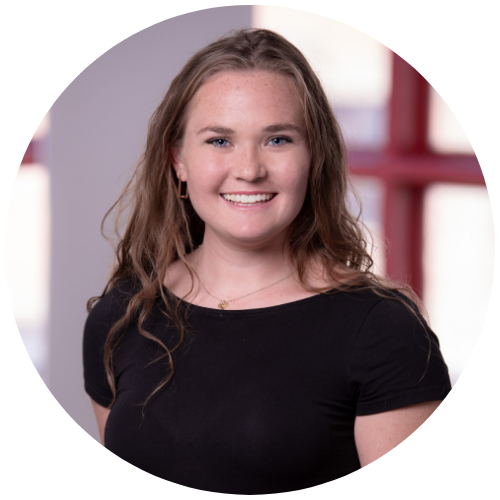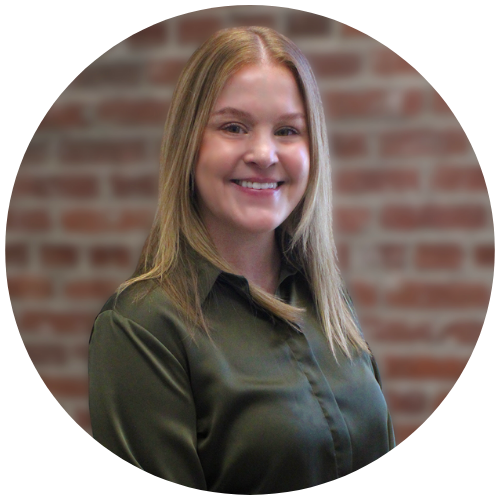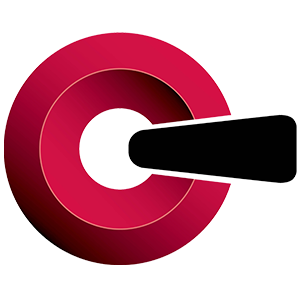Speak the Language: Marketing Terms You Should Know
Marketing has come a long way, from print ads and billboards to SEO, social media and data-driven strategies. It's always been around and constantly evolving, but with that evolution comes a flood of new terminology.
You're not alone if you’ve ever felt lost in a marketing meeting full of buzzwords. We created The Marketing Glossary, a straightforward guide to the key performance indicators, strategies and digital marketing terms every modern marketer should know.
Search Engine Optimization
Search Engine Optimization (SEO) is a must-know in today's digital world. Simply put, it's about helping your website rank higher in search results, also known as boosting SEO. Think of your site like a book in a giant online library. SEO uses the right words (SEO content marketing), strong organization and trusted links to ensure people can find your site.
Businesses often work with a search engine optimization agency or expert to improve their search ranking. Better SEO means more visibility and more visitors.
Brand Awareness
Brand awareness is how well people recognize and remember a company or product. When many people know your brand and can easily identify it, your brand awareness is strong. Recognizing what your customers need is essential to achieving success, and it is the first step toward building customer loyalty.
A brand awareness campaign, social media efforts and consistent messaging can increase brand awareness. Learning how to create or make brand awareness work for your business is essential in today's noisy world.
Key Performance Indicator (KPI)
A Key Performance Indicator (KPI) is a number that shows how well something is doing. It helps you track whether you're reaching your marketing goals. For example, if your goal is to increase website visitors, a KPI might be daily site traffic.
Businesses use Key Performance Indicators to measure success and guide their strategies, from sales to social media performance. Good KPIs give you insight into what's working and what needs attention.
Organic Social VS. Paid Social
You've likely heard the terms "organic social" and "paid social" tossed around in marketing meetings or strategy calls. But what do they mean?
Organic social media is content you post for free on platforms like Facebook, Instagram or LinkedIn. Your organic engagement, likes, shares and comments reflect how your existing followers engage with your brand.
Paid social media advertising or paid social marketing involves paying platforms to promote your content to specific audiences. You may have seen paid social media jobs listed online—these professionals help brands build reach through targeting, strategy and analytics. Every time you visit a "sponsored" post, that's paid social media.
Return On Advertising Spend (ROAS)
Return on Advertising Spend (ROAS) tells you how much money you make compared to your spending on ads. For example, if you spend $100 on ads and make $500, your ROAS is 5:1. That means that for every dollar spent, you earn five.
Marketers use ROAS to measure return on advertising spend and decide how best to allocate their budgets. Strong ROAS means your ads are making more money than they cost, a goal every marketing team wants to achieve.
Landing Page
A landing page is a single web page created for a focused goal, such as sign-ups, purchases or downloads. Instead of exploring a full website, visitors see a simple page with one call to action. Good landing page templates are clean and to the point.
Whether you're creating a landing page for a new product or running a landing page optimization test, these pages are essential tools in every campaign.
Pay Per Click (PPC)
Pay-per-click (PPC) advertising is an online model in which businesses only pay when someone clicks their ad. PPC ads can appear in search engines, websites or social media platforms. It's like buying traffic to your site, except you only pay for results.
From PPC advertising, pay-per-click services and banner ads, it is a flexible way to get fast results. Start with a clear goal and the right keywords to run effective pay-per-click ads.
Click-Through Rate
Your click-through rate (CTR) is the percentage of people who saw your ad or link and clicked on it. For example, if 100 people see a post and five click, the CTR is 5%. This metric helps marketers understand how engaging or relevant their content is.
Marketers track click-through rates and impressions and test strategies to increase them and improve performance.
Bounce Rate
Your bounce rate measures how many people visit your website and leave quickly without visiting other pages. A high bounce rate could signal that the visitor didn't find what they were looking for. On the other hand, a normal bounce rate or average website bounce rate means people are staying and engaging with your content.
Understanding your website's bounce rate can help you identify areas of your site that need improvement, such as page load times, design or content clarity.
How ComGroup Can Help
If these marketing terms still feel overwhelming, you're not alone. Whether you need help boosting SEO, building brand awareness, creating a landing page or launching a marketing campaign, our team at The Communications Group is here to help. We specialize in simplifying complex marketing strategies and delivering results. Let's connect and turn your goals into growth.
Contact us today


-1.png)




